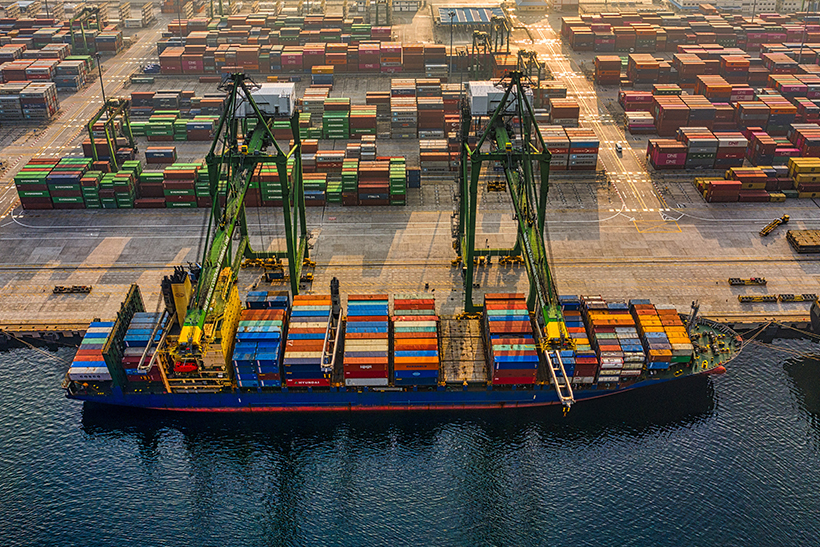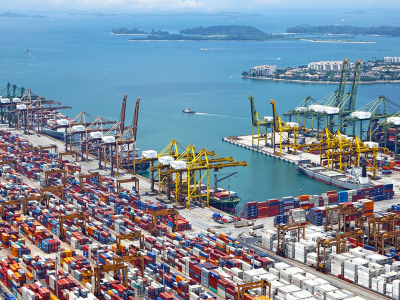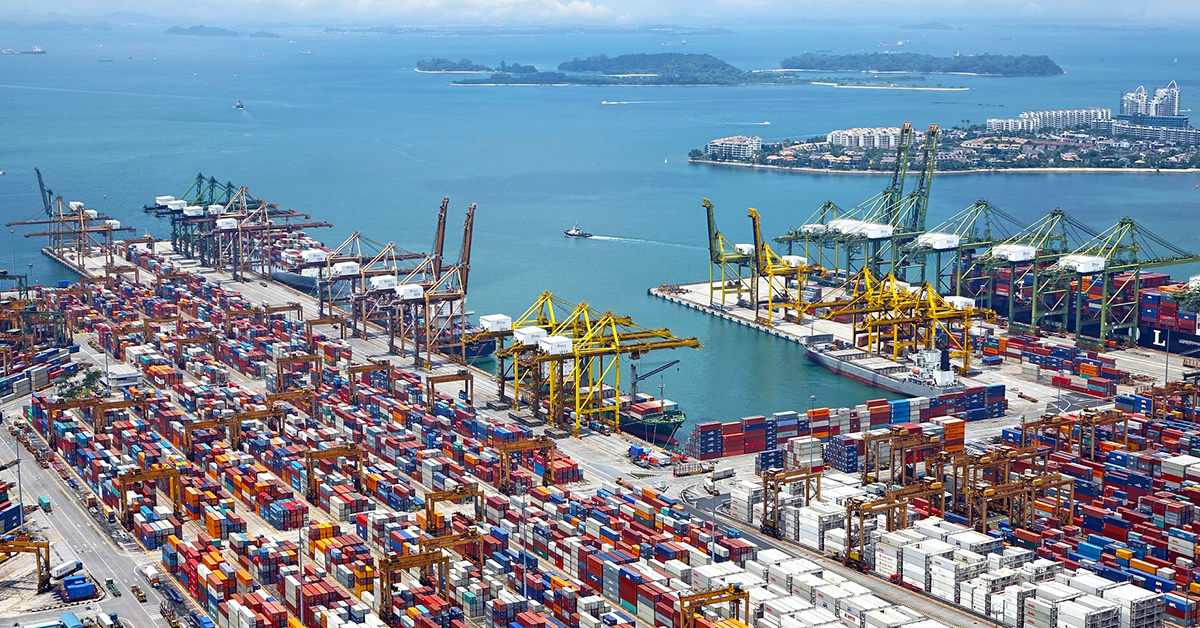Supply chains that have largely made trade and commerce possible have undergone significant stresses due to the recent pandemic and the rise of global trade. With globalized supply chains, ever-shorter product life cycles, and continually changing consumer tastes, even small disruptions within a supply chain can create undesirable operational and financial consequences. For instance, not long ago, most of us witnessed how the impact of disrupted supply chains could affect our daily lives. Our basic necessities, such as cleaning wipes, paper towels, toilet paper and various food items were hard to find and, in some cases, continue to be in scarcity.
A reality manufacturers and retailers might be facing during times of crisis is a reduction of product selection either due to
- supplier restraints,
- shifts in consumer demand,
- the loss of a critical supplier, or
- the result of a fire at a manufacturing plant
Such events can pose a serious threat to the continued success of a business in terms of the loss of revenue or increased costs if the supply network is not sufficiently developed to include backup vendors already vetted.
Supply chains built for efficiency and low costs have sought, with great difficulty, to manufacture more and even carry more inventory as customers engage in “panic buying” - a phenomenon that is yet to be well understood. The cost of this will show up in the everyday products we buy. The efforts to encourage people to send their children back to school or suggest individuals resume their past activities may seem to make sense in terms of restarting the economy. Still, they will not fully succeed until consumers are assured the pandemic is sufficiently corralled.
Thanks to the pandemic, consumers have also become more aware of how critical well-functioning supply chains are to their continued well-being and in resolving shortages and delivery delays of both common and critical components across industries. Supply chains require the adoption or embrace of three priorities if they are to become more resilient to changes in their competitive environment. Resiliency entails recovering from disruption and continuing business as usual, which depends on having good suppliers, being agile with logistics resources and developing capabilities that make visibility possible.
#1 Develop a reliable, trusted and diversified supply network.
First, members of a supply chain must develop a reliable, trusted and diverse network of suppliers. Most manufacturers or original equipment manufacturers (OEMs), given that their trade is global, elect to act like Fiat Chrysler and Boeing, where they source materials and parts from vetted and trusted quality-oriented vendors across many countries.
The goal is ensuring parts are available during episodes of various kinds of supply chain disruptions. Indeed, every supply chain event or action undertaken by an organization has an inherent risk that a disruption will occur that unleashes unforeseen consequences onto the firm. Supply chains must be constructed in a way that enables them to sustain operations even during a disruption. Such an ability or capacity to continue in business despite unplanned interruptions is called resilience. It is built on having reliable and diverse vendors within a firm’s orbit.

#2 Be agile in shifting logistic resources in order to both meet and anticipate demand.
Second, though some are inclined to think of supply chains as being flexible, most are not, in that they are built for efficiency, which is a different value discipline than flexibility. While many corporate chieftains do emphasize cost and efficiency as part of their supply chain management efforts, they also have increasingly sought to engage in risk mitigation strategies as part of resiliency.
Risk reduction entails having the supply chain and its members incorporate disruptive event readiness, construct a quick and effective response to an event, and restore the business back to its original state. The term most used is agility or nimbleness, where shippers must be responsive to unanticipated events or shifts in customer demand, which means they do not often occur with much warning.
Much of the transportation assets that were historically housed within various businesses have largely vacated the organization in recent decades and moved out to third-party entities, such as FedEx, XPO, DHL, etc., which are focused entirely on developing logistics solutions for clients. Amazon is somewhat different because it does a great deal of its own transportation and logistics while simultaneously a rather successful retailer.

What is important is that the organization enlist and engage logistics providers that can successfully augment the manufacturer or retailer in meeting the demand of its various customers or clients, which helps it become resilient. As with choosing potential suppliers, selecting a logistics carrier requires careful vetting in terms of measuring their fit with the needs of the organizational client. This means these logistics entities must have sufficiently robust technology that allows not only tracking of shipments, but also collects data so that better decision-making and planning can occur that advances the strategic interests of the firm.
#3 Construct capabilities that ensure real-time visibility through more intense use of technologies and collaborative processes to meet customer's expectations and limit the bullwhip effect.
Lastly, as to e-commerce and the adoption of resiliency, the pandemic has accelerated trends already in the pipeline, such as moving more transactions online and the digitizing of information essential for making better corporate decisions.
Indeed, the marketplace is currently undergoing a tremendous wave of digitization and incredibly rapid innovation driven by significant sums of investment from private equity and venture capital. This digitation helps enable visibility where both the manufacturer and the end-user can see where their shipment is, which is both critical for anticipating demand and in improving the customer experience. Having sufficient technology on hand is not in itself enough to reach resiliency within a firm though it is a necessary first step. The strategic value of visibility is that it enables or increases the organization's ability to reconfigure itself as needed to meet its competitive threats and opportunities.
Visibility is not itself a logistics capability that an organization develops but is instead the strategic goal that an organization adopts. Visibility entails having the organization construct logistics capabilities, such as a strong technology, collaborative processes both within the firm and across its supply chain, and resiliency to disruptions that can cause potential financial losses or threats to the firm’s continued success.

It ensures the organization and its supply chain do not obscure the accessibility and sharing of information among members of a supply chain, who use the information to
- adjust production plans to reflect changing demand
- improve the delivery performance of shipments, and
- allows an organization to run a leaner inventory that reduces costs.
This means that supply chains can become more market responsive and better able to reduce the risk of disruptions to the transit of their materials and products if they are able to see and act timely. Logistics capabilities allow the organization to increase its resiliency by making information sharing more accessible and of higher quality across various supply chain members, causing visibility, such that operational and financial decisions can be made more timely and accurately that lend themselves to increased performance.


